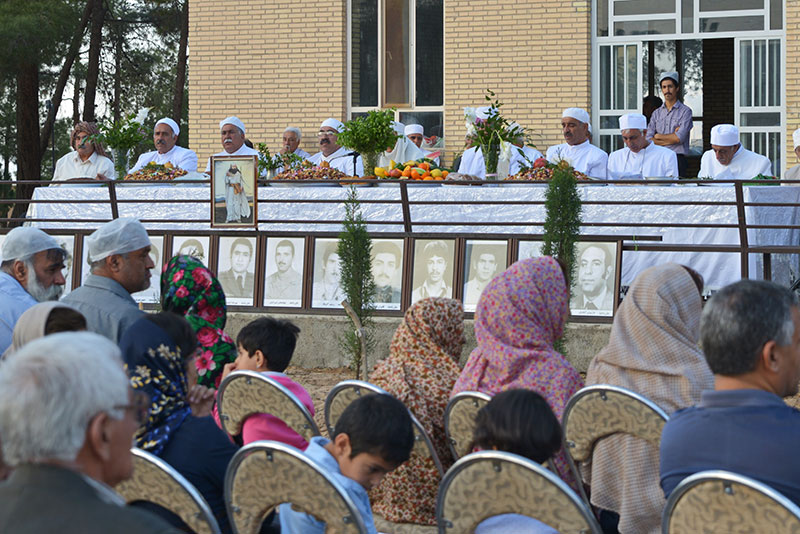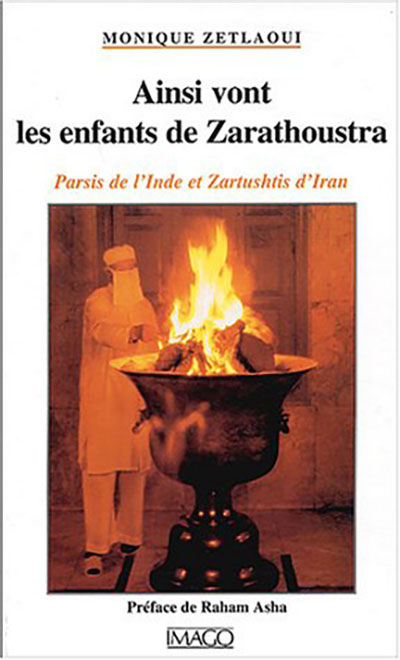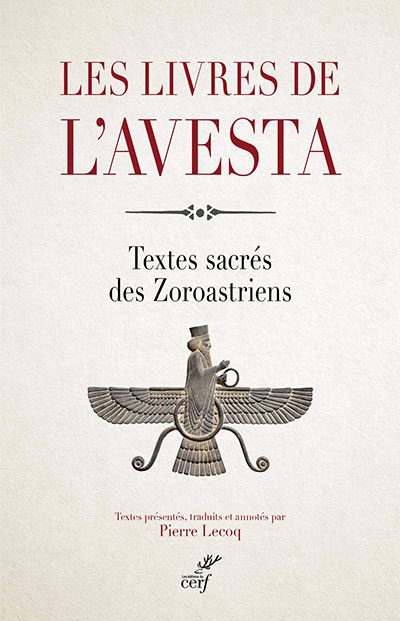Mazdeism, transformed by Zarathushtra, Zoroaster (in Greek) or Zardosht (in Persian), is one of the most important religions of the oriental world. However, its historical origin and evolution are difficult to define and are the subject of deep disagreement among specialists. We do not know exactly when Zoroaster lived: the proposed dates range between the 2nd millennium and the 6th century BCE. Of the Avesta, the main sacred text of Zoroastrianism, three quarters have been lost. The arrival of Islam in the 7th century caused either massive conversions of Zoroastrians to Islam, or their flight from Persia, especially to India, where a large community – the Parsis – is still active. The Zoroastrian community in Iran is small today – it numbers around 25,000 members – but it still constitutes an essential presence, symbolic of Iran’s pre-Islamic past.

Zoroastrian ceremony for the deceased in Yazd. Photograph: ©Patrick Ringgenberg.



